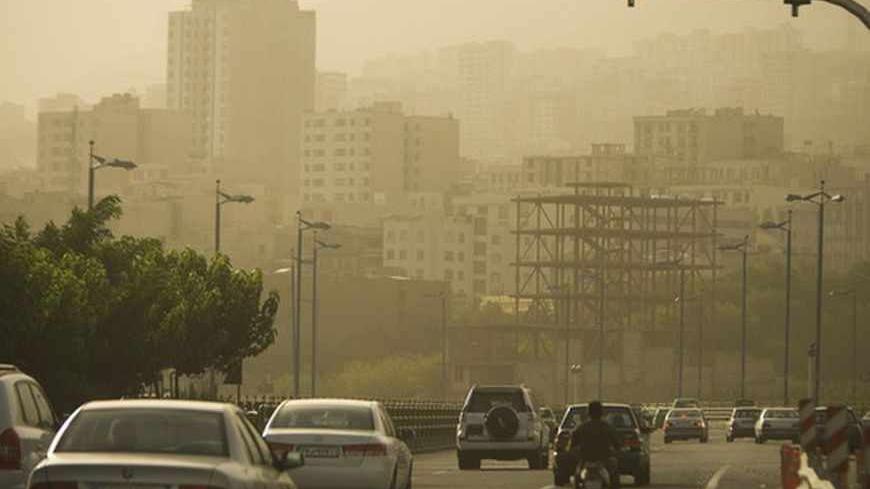TEHRAN, Iran — As temperatures soared above 105 degrees Fahrenheit during one of the hottest summers here in recent memory, no snow was visible atop the mountains ringing Tehran and no water flowed down the narrow channels along main streets (known as jubes in Farsi) that a year ago were still full of fresh mountain runoff. A furry brown haze obscured the skyline, irritating eyes and tickling throats.
While most press attention has focused on the inauguration of a new Iranian president, the nuclear crisis and the impact of Western economic sanctions, global warming and a deteriorating environment loom as large if not larger as a threat to the well-being of Iran’s 75 million people.



